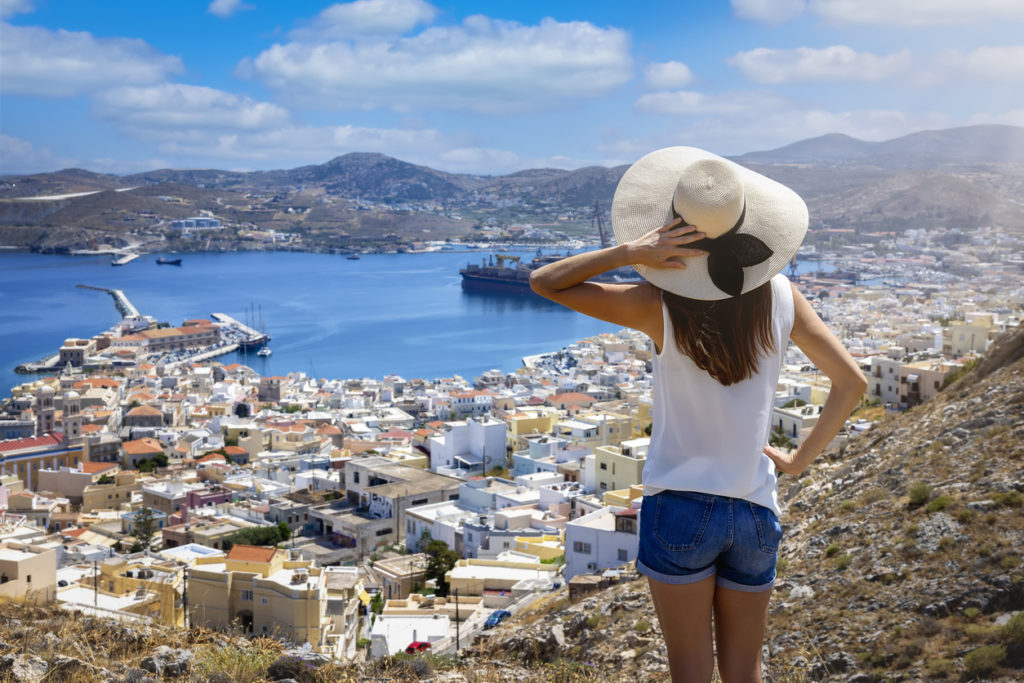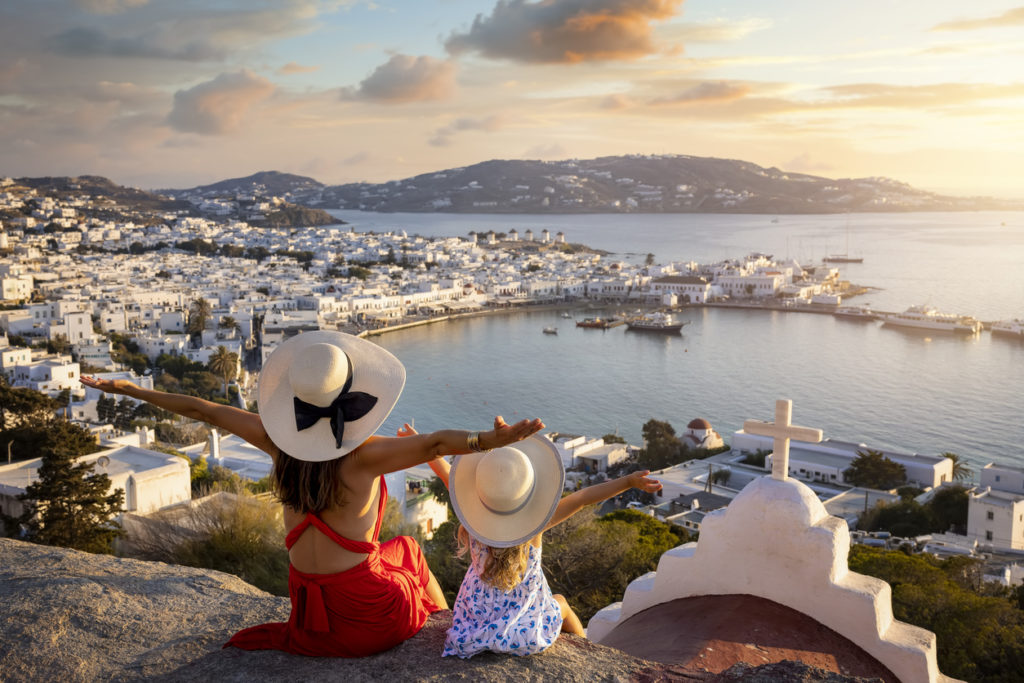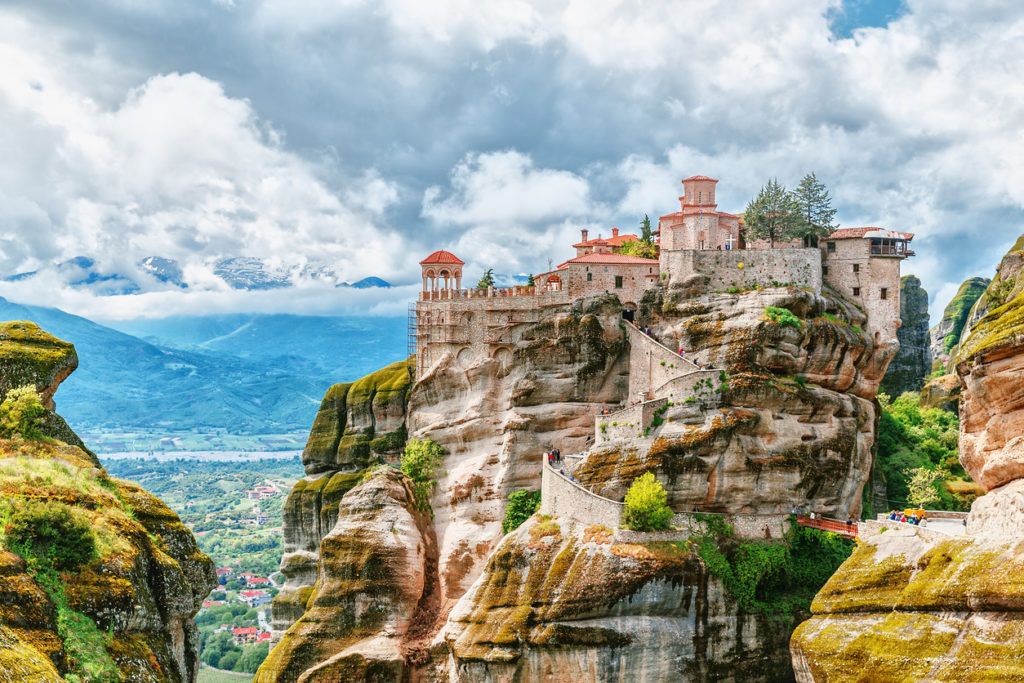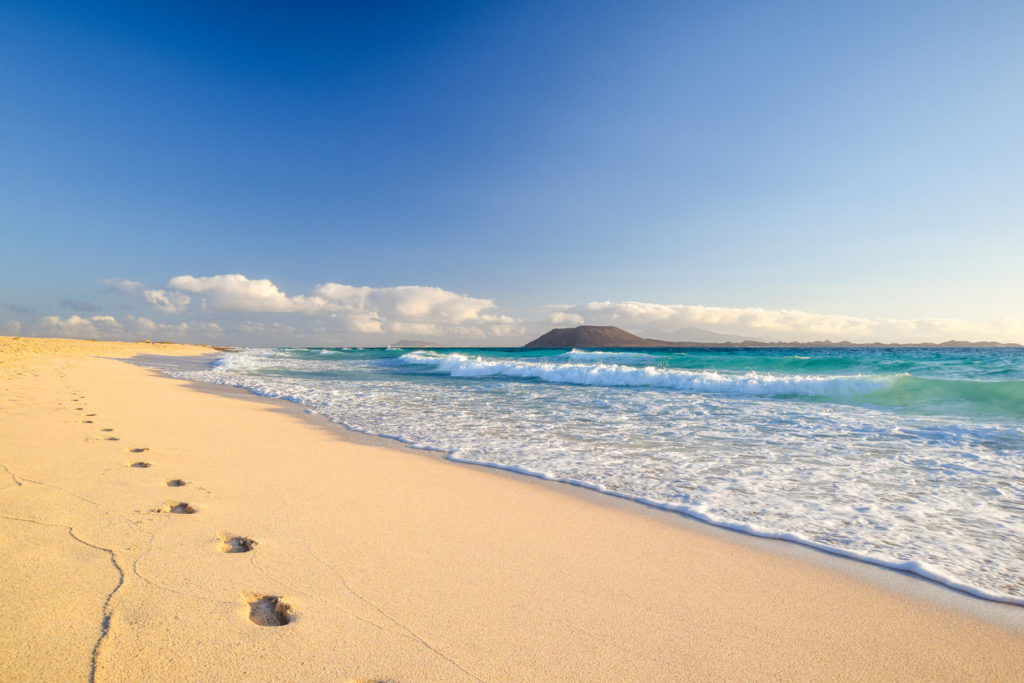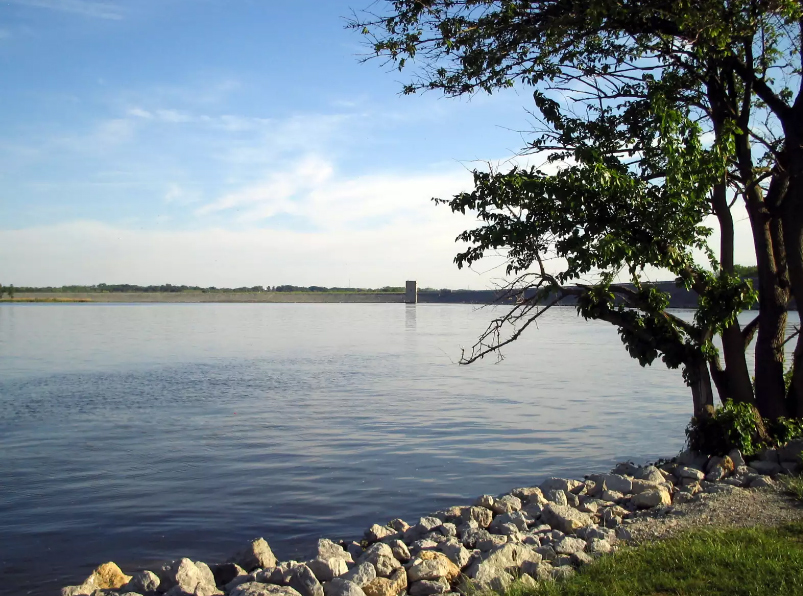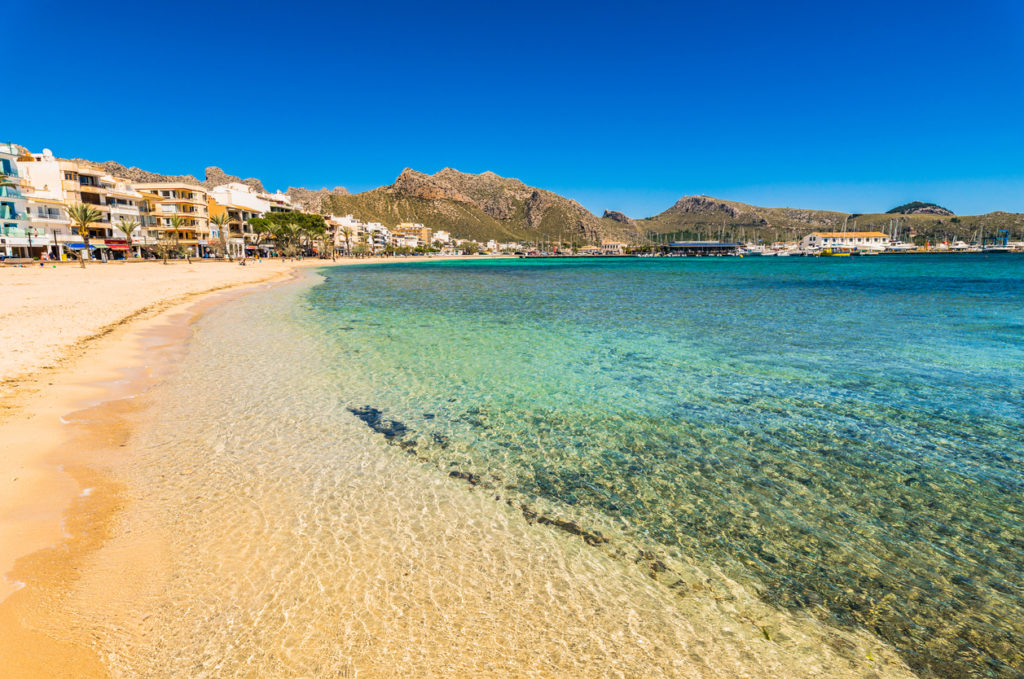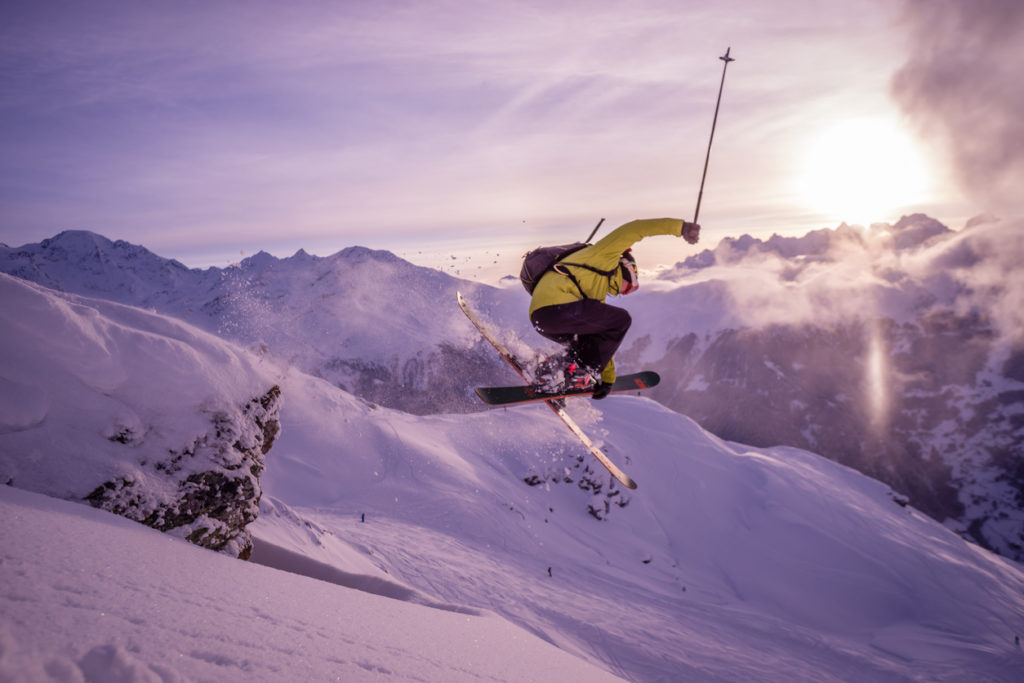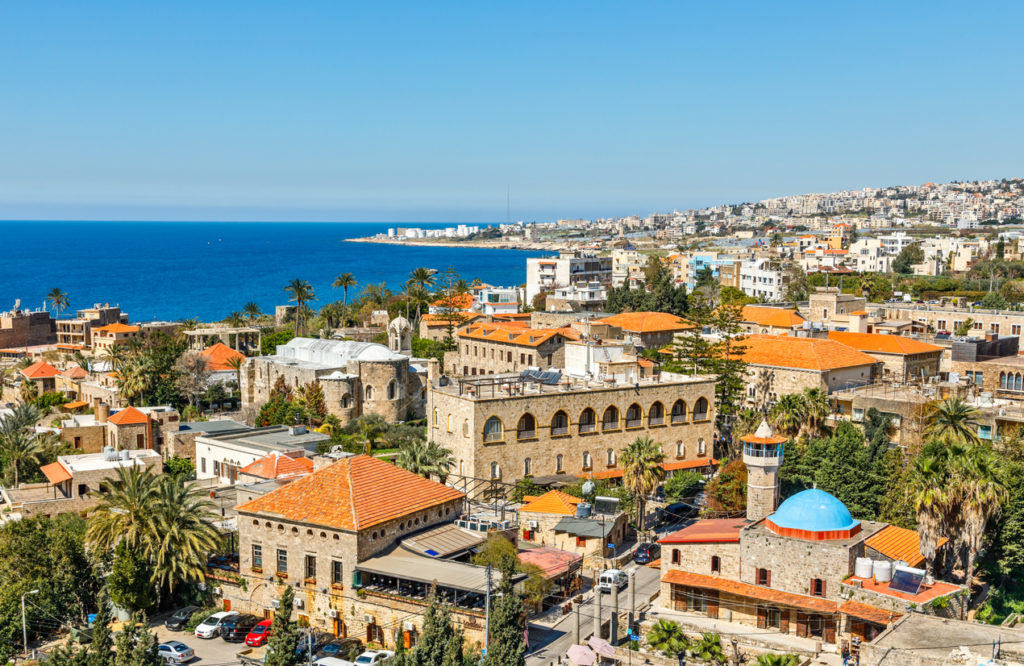
A welcoming and friendly country, Lebanon is nothing like you expect or imagine if you only focus on politics. Its proximity to the troubled countries of Syria, Israel, and Palestine, and its tumultuous recent past dominated by civil war, might cloud its touristic appeal but if you decide to step out of your comfort zone, take the necessary safety measures, and discover the less traveled paths of the world, you should definitely plan a trip to Lebanon.
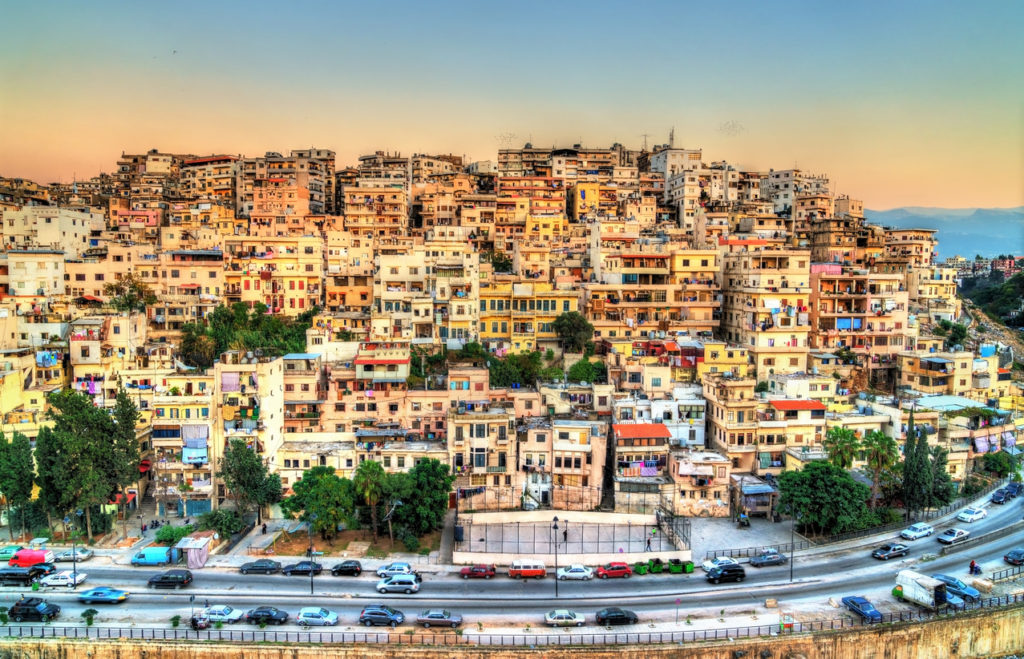
Lebanon is a modern country, even a cosmopolitan one, many might say. It’s a land of contrasts that surprises every step of the way. From the snow-capped peaks to the golden beaches of the Mediterranean and from fascinating historical sites to picturesque fishing towns lies a captivating world of wonders. Discover the highlights of Lebanon and you’ll see that Lebanon is a holiday destination that has it all.
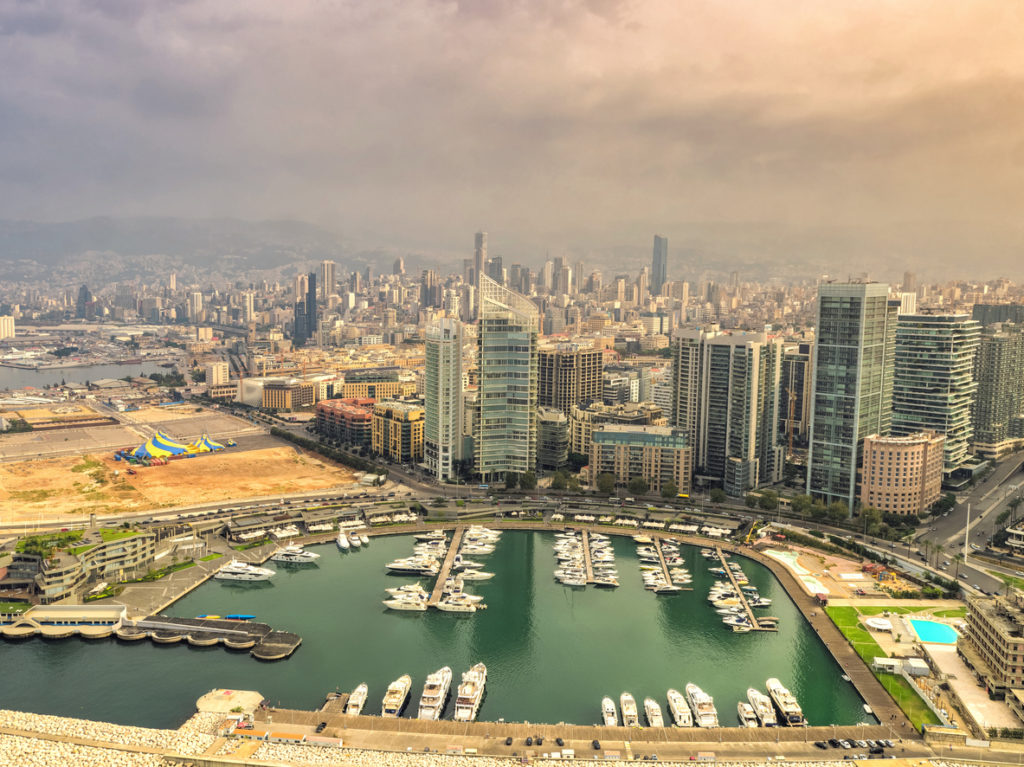
Beirut – one of the friendliest places in the Middle East
It’s true that peace is still fragile in Lebanon, but Beirut cancels any fears and unveils itself as one of the friendliest capitals in the world. Inhabited by affable people, this city is sandwiched between the sea and Mount Lebanon range, Beirut highlights the contrasts that characterize Lebanon. On the one hand, you’ll discover a hip and cool city, with a reputation for a vibrant party scene, graffiti-adorned walls, and chic cafes, while, on the other hand, the Lebanese capital caters to the needs of the rich and posh with world-class boutiques and elegant Lebanon restaurants.
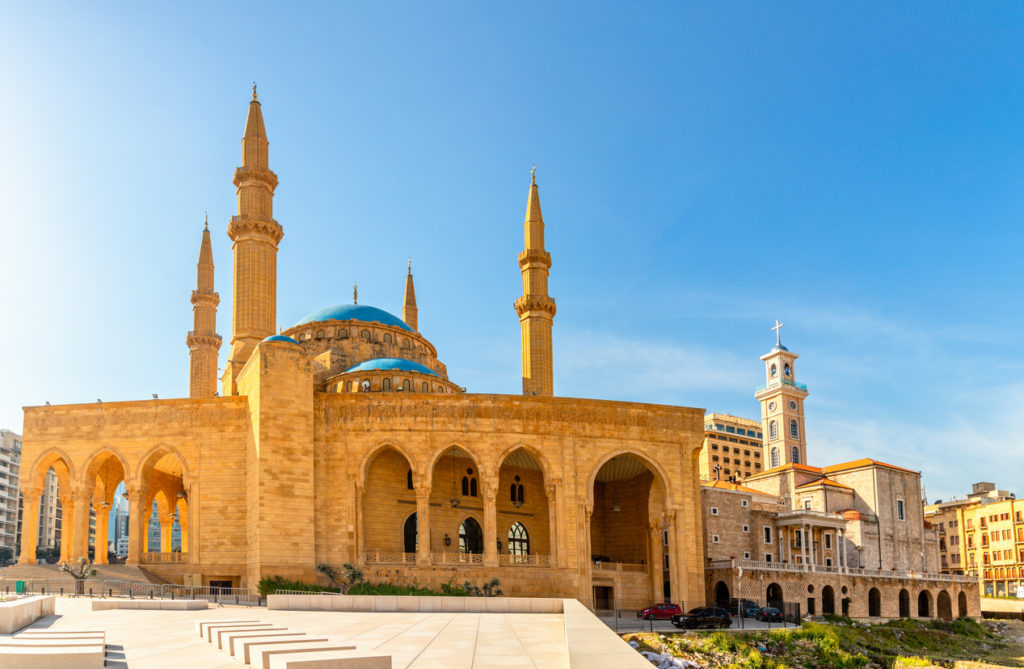
Moreover, Beirut is home to both Christians and Muslims living together in harmony. And these aren’t just words on paper, especially since the largest mosque in the city is located near a Christian cathedral and everyone is fine with this. You’ll also discover a mesmerizing downtown dominated by elegant Art Deco architecture, with superb traditional houses in the lively Gemmayzeh district, skyscrapers and ancient Roman ruins sharing the same piece of land, and picturesque neighborhoods like Mar Mikhael and Hamra.
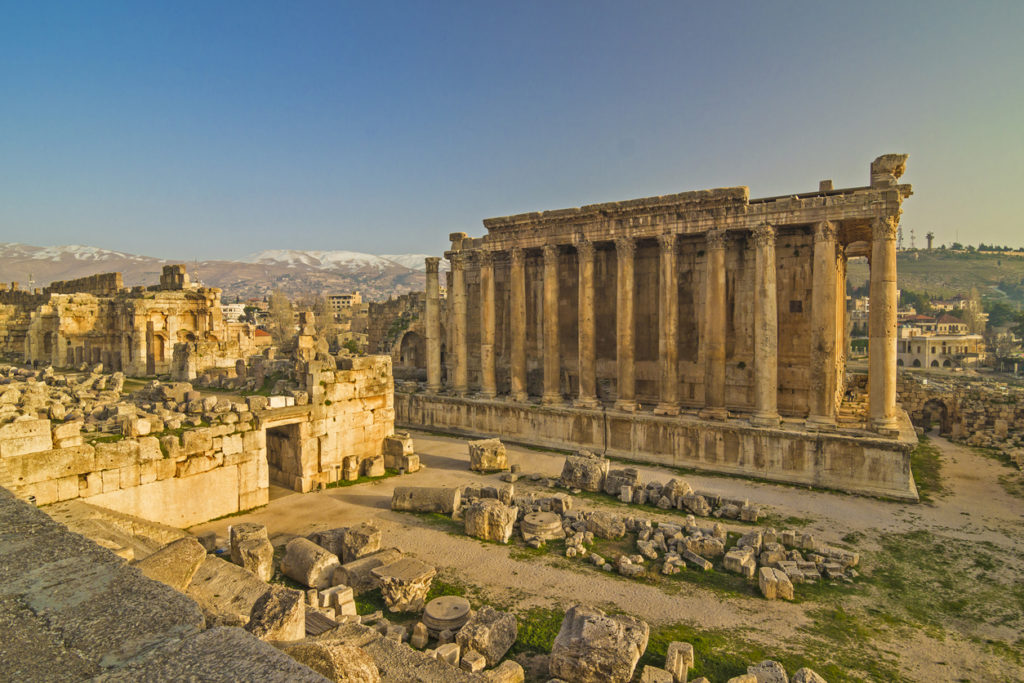
Baalbek – the ancient wine country of Lebanon
Baalbeck is the capital of the fertile Beqaa Valley and a fascinating ancient site, home to some of the most impressive Phoenician and Greco-Roman architectural gems in the world. The site dates back to the Phoenician period, around 300 BC, and invites history buffs to admire the Temple of Jupiter, the largest Roman temple ever built.
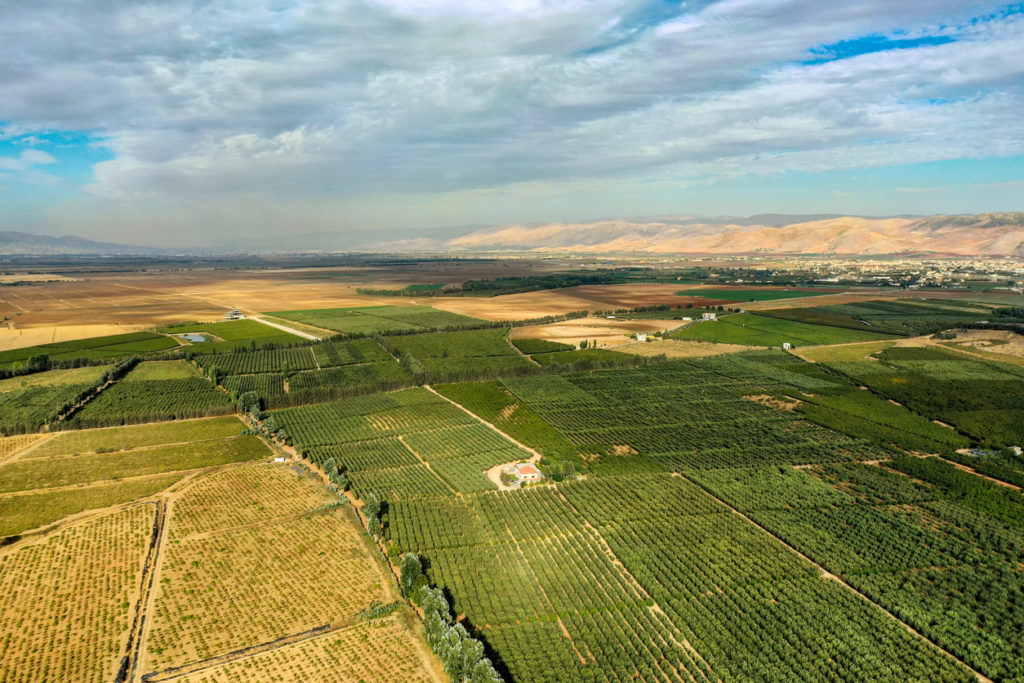
Situated in the Beqaa Valley, just 90 km from Beirut, this is the highest point between the mountain ranges of Lebanon and anti-Lebanon and also the most important wine region in the country. The scenery around is dotted with tiny villages and large vineyards, where you can taste fruity red wine and sample the Lebanon food, but also with tent cities where many Syrian refugees have found a temporary home. Since the location is close to the Syrian border and the temple complex is a Hezbollah stronghold is best to check the situation ahead of your trip and go there with a local guide or join an organized tour.
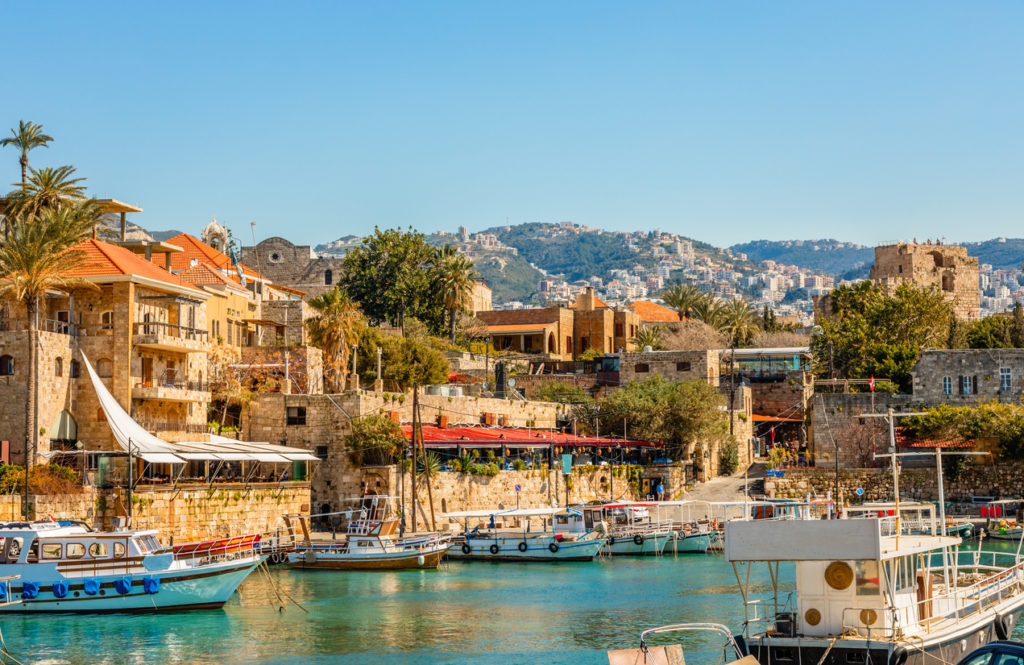
Byblos – an idyllic fishing town with an overwhelming past
Only 40 km from Beirut, you’ll discover the mesmerizing seaside town of Byblos also known as Jbeil. A UNESCO World Heritage Site, Byblos is not only a picturesque harbor but also one of the oldest cities in the Middle East. Historians believe this settlement has been continuously inhabited starting with 5000 BC. The ramparts dating back to the Phoenician period attest to its ancient past and confirm that this idyllic little town was once a major commercial center and an important crossroad between the east and west.
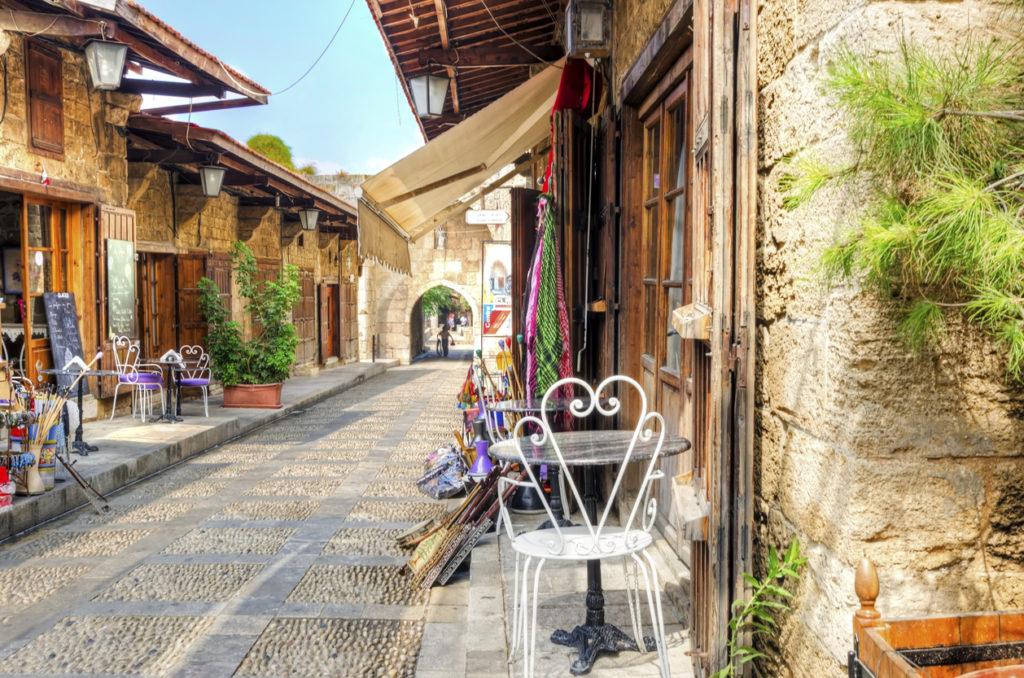
Spend a day in Byblos visiting the Crusader castle complex, walking on the narrow alleyways of the old souk and discovering its charm and traditional architecture. You’ll find plenty of bohemian cafes and restaurants by the sea where you can rest for a while, admire the view, and savor the local Lebanese food.
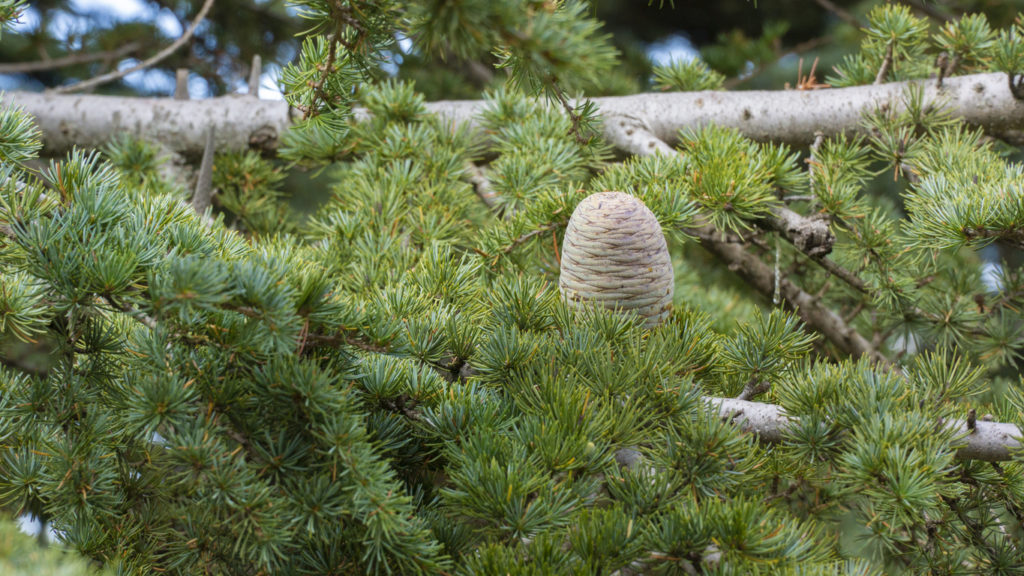
Cedars of God and the Holly Valley – the holy touch of nature
Al Shouf Cedar Nature Reserve is the largest nature reserve in Lebanon, home to three spectacular and surreal cedar forests. The Lebanon Cedars are absolutely divine. Once upon a time, the entire Mount Lebanon range was dressed in these majestic trees, but cedars have been exploited by many nations, from Egyptians and Phoenicians to the British. Nevertheless, you’ll still be able to admire 300 millennial cedars that locals believe to have been planted by God himself.
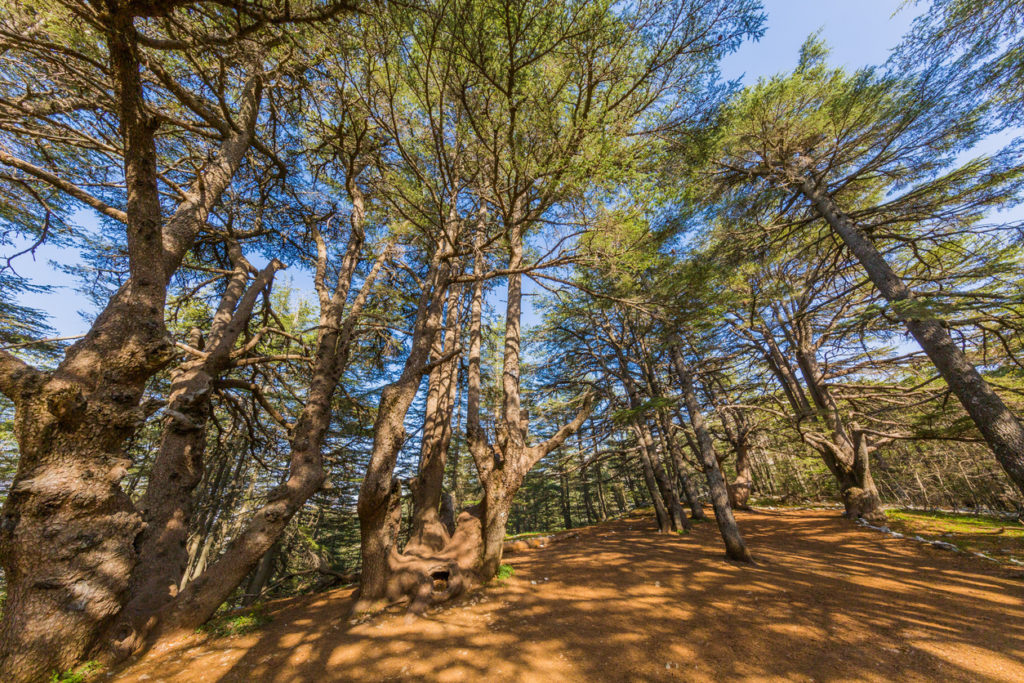
Many of the cedars of God are in Arz Forest, a protected area near the beautiful Qadisha Valley. Also known as the Holly Valley, the Qadisha Valley shelters many monasteries and churches sculpted in the rocks. While some of them are well-preserved, others are abandoned and impossible to access. That’s why the best way to explore the monasteries of the Qadisha Valley is on a guided trek.

